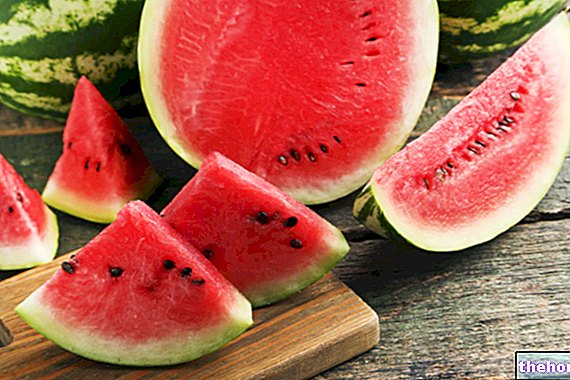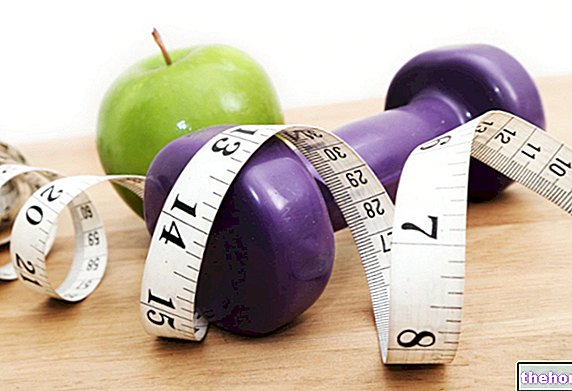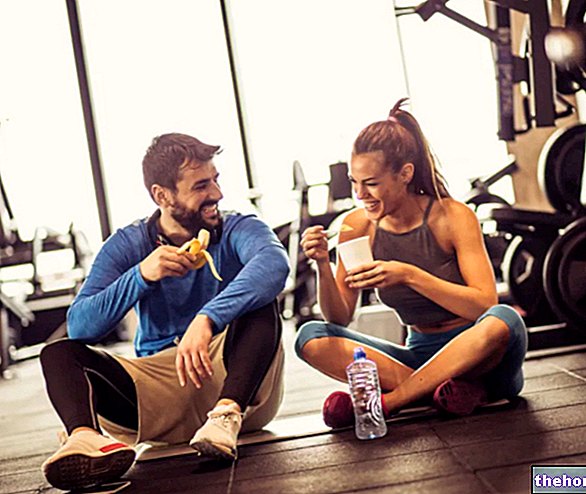published in the journal Nutrients highlighted this correlation between physical activity and nutrition. The study looked at the effects of sport on how And what are we eating. The findings can help provide a clearer road map for people seeking a healthier lifestyle. Researchers from the Technical University of Munich (TUM) and the University of Nebraska surveyed 41 healthy adults - 23 women and 18 men - aged 19 to 29. Participants had an average body mass index (BMI) of 23.7, which therefore indicated a state of overweight.
They were randomly assigned to either a 45-minute exercise session or a 45-minute rest period on their first visit. During each visit, electronic questionnaires were provided before physical activity, to understand how hungry or full they were, the amount of food they would like to eat among the types of foods to choose. The choices concerned the foods to be eaten immediately and after. four hours after training. Once this questionnaire was answered, the participants completed their 45 minutes of exercise on a cycle ergometer. Immediately after finishing, they were required to complete the questionnaire a second time, and then again after a 30 minute break.
The researchers found that exercise offered a greater increase in participants' food choices. Both immediately after the exercise and 30 minutes later. They also found that exercise led to an increase in the desire for immediate food consumption, immediately after finishing the workout and 30 minutes later.
Researchers have defined what is called "exercise-induced anorexia," or a reduction in a person's sense of hunger or appetite during and immediately after exercise. This phenomenon is caused by anorexigenic hormones and reactions in appetite stimulating hormones following exercise. However, the fact that the increases were less consistent immediately after exercise than in the 30 minutes post-exercise supports the initial hypothesis.
Why do you eat more after training?
The fact that someone might overeat or eat larger amounts of food after training could have both psychological and physiological reasons. On a psychological level it triggers the sense of seeking a "reward" for completing a workout, while on a physiological level it responds to metabolic and endocrine signals in the body that stimulate food intake to compensate for the increased energy expenditure of exercise.
and whether constant physical activity is sufficient for everyone's well-being, have only been exacerbated during the Covid-19 pandemic. Several studies have shown that during the current health crisis, stress, lack of activity and unhealthy changes in eating habits were the main factors in the change in weight. Weight loss is not a "mathematical equation of calories in and calories out, but more a combination of chemical factors, sports, work stress, hormonal imbalances, a sedentary lifestyle and poor eating habits.with carrots and broccoli, organic Greek yogurt with berries and almonds, for example). Trying to eat meals at the same time each day then allows the body to "know" when the food is arriving and can have a sort of domino effect, aiding appetite, digestion and the speed at which the body processes fat. , sugars and cholesterol Get most of your calories at breakfast, to give your body a chance to use those calories during the day and for your exercise session.
In general, having a defined food program is essential. Plan meals and training sessions, starting from shopping at the supermarket. This varies according to the nutritional needs of each individual person and the type of exercise they just completed. A heavy session at the gym or a long bike ride may require a completely different "fuel" before and after your workout.



























